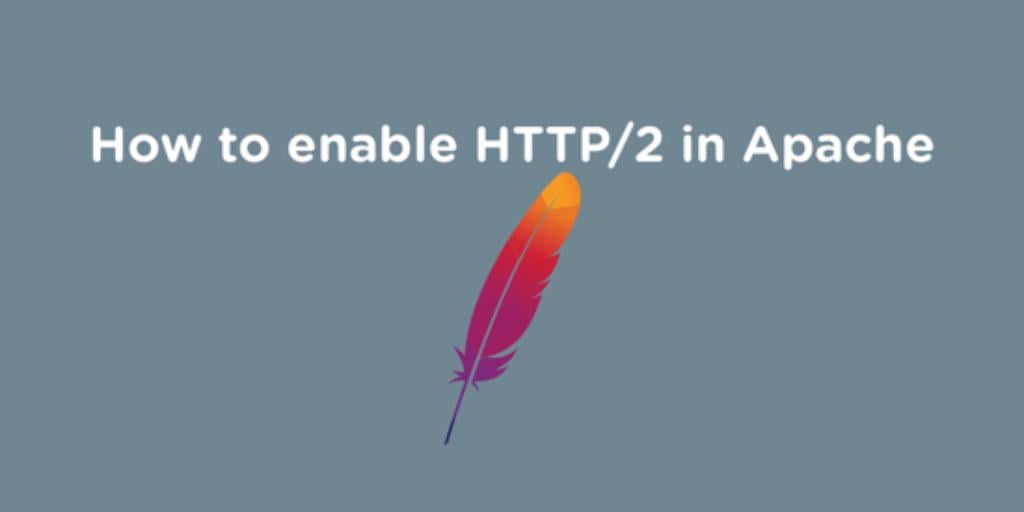Apache Https To Http

By default the org.apache.http.impl.client.BasicCookieStore is used which is an in-memory only cookie store. Notice if bridgeEndpoint=true then the cookie store is forced to be a noop cookie store as cookie shouldn’t be stored as we are just bridging (eg acting as a proxy). The option is a org.apache.http.client.CookieStore type. On Crunchify we have already published almost 40 articles on Apache Tomcat. In most of the tutorial I’ve run server on port 8080 which is default port configured in server.xml file. In this tutorial we will go over all steps in details on how to enable HTTPS/SSL on Apache Tomcat Server. Let’s get started: Step-1. Create Keystore. Downloading Apache for Windows. The Apache HTTP Server Project itself does not provide binary releases of software, only source code. Individual committers may provide binary packages as a convenience, but it is not a release deliverable. If you cannot compile the Apache HTTP Server yourself, you can obtain a binary package from numerous binary distributions available on the Internet.

Customizing SSL in HttpClient
- H2c – instructing Apache to support HTTP/2 over TCP http/1.1 – if a client doesn’t accept HTTP/2 then serve the request over HTTP/1.1 Restart Apache HTTP server to reload the configuration. Now, Apache HTTP instance is enabled to support HTTP/2 protocol.
- The standard Apache module modproxy supports both types of proxy operation. Under Apache 1.x, modproxy only supported HTTP/1.0, but from Apache 2.0, it supports HTTP/1.1. This distinction is particularly important in a proxy, because one of the most significant.

The default behaviour of HttpClient is suitable for most uses, however there are some aspects which you may want to configure. The most common requirements for customizing SSL are:
- Ability to accept self-signed or untrusted SSL certificates. This is highlighted by an
SSLExceptionwith the message Unrecognized SSL handshake (or similar) being thrown when a connection attempt is made. - You want to use a third party SSL library instead of Sun's default implementation.

Implementation of a custom protocol involves the following steps:
Apache Redirect Https To Http Virtual Host
Provide a custom socket factory that implements org.apache.commons.httpclient.protocol.SecureProtocolSocketFactory interface. The socket factory is responsible for opening a socket to the target server using either the standard or a third party SSL library and performing any required initialization such as performing the connection handshake. Generally the initialization is performed automatically when the socket is created.
Instantiate an object of type org.apache.commons.httpclient.protocol.Protocol. The new instance would be created with a valid URI protocol scheme (https in this case), the custom socket factory (discussed above) and a default port number (typically 443 for https). For example:
The new instance of protocol can then be set as the protocol handler for a HostConfiguration. For example to configure the default host and protocol handler for a HttpClient instance use:
Finally, you can register your custom protocol as the default handler for a specific protocol designator (eg: https) by calling the Protocol.registerProtocol method. You can specify your own protocol designator (such as 'myhttps') if you need to use your custom protocol as well as the default SSL protocol implementation.
Once registered the protocol be used as a 'virtual' scheme inside target URIs.
If you want this protocol to represent the default SSL protocol implementation, simply register it under 'https' designator, which will make the protocol object take place of the existing one

